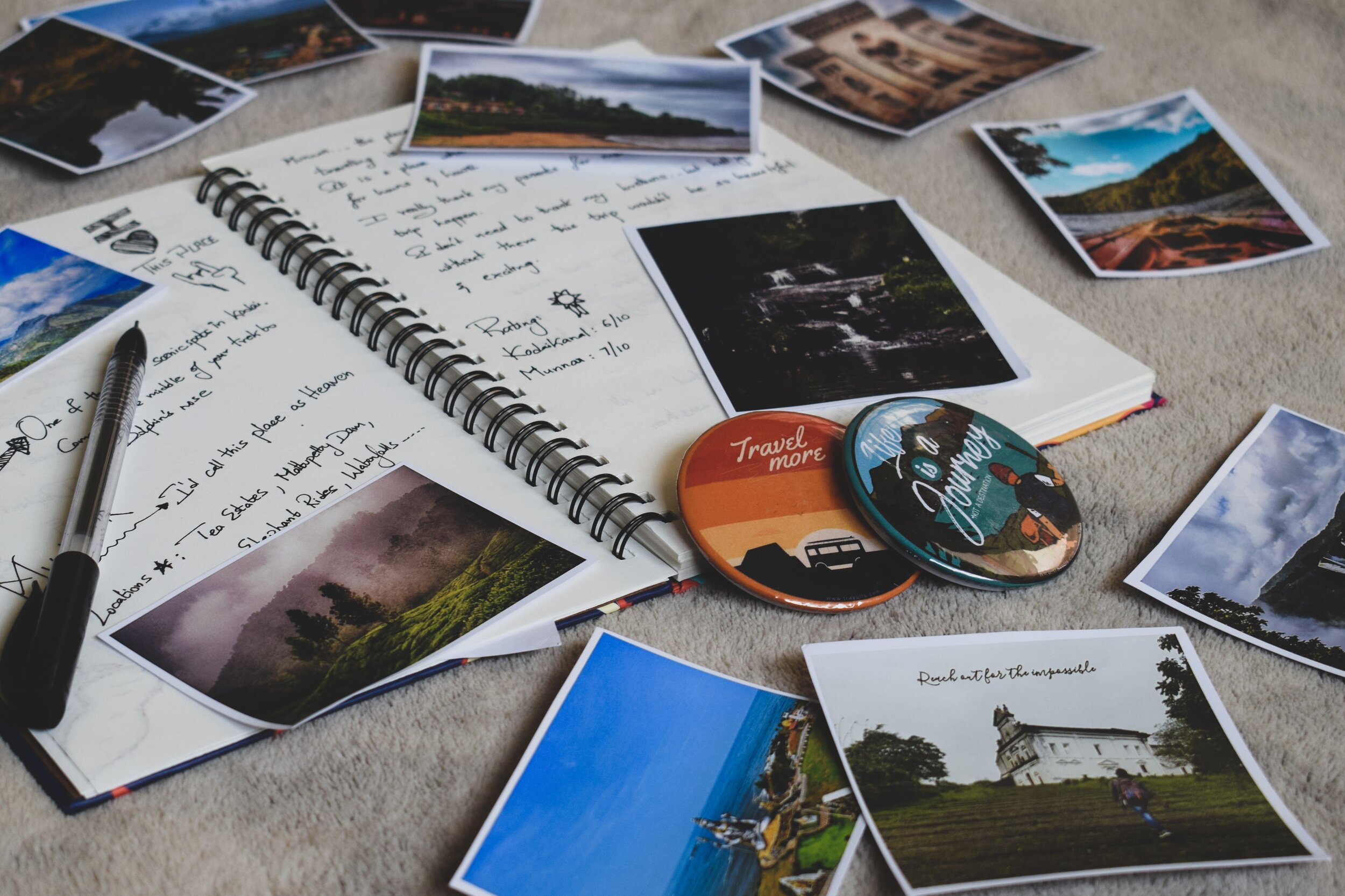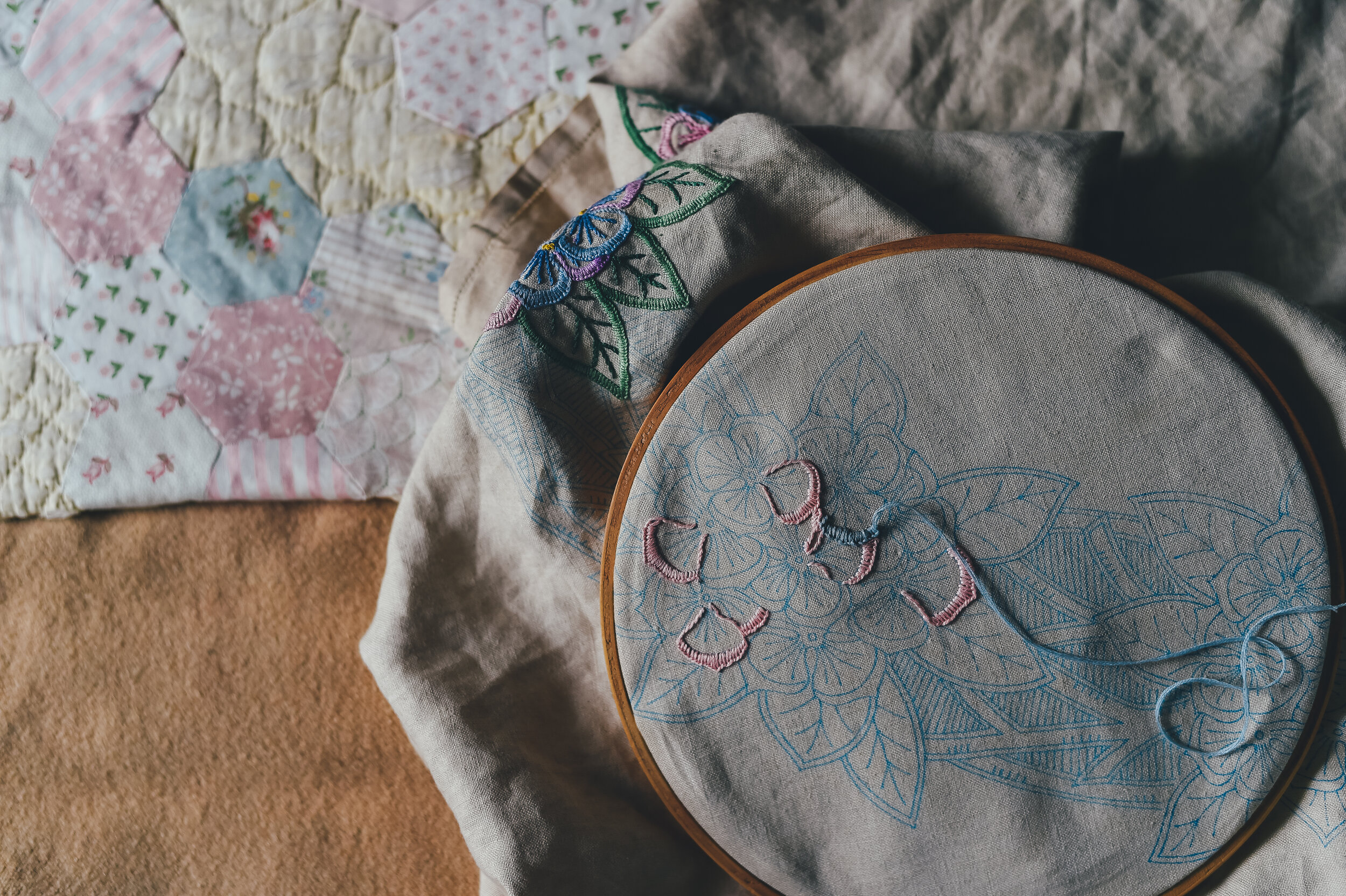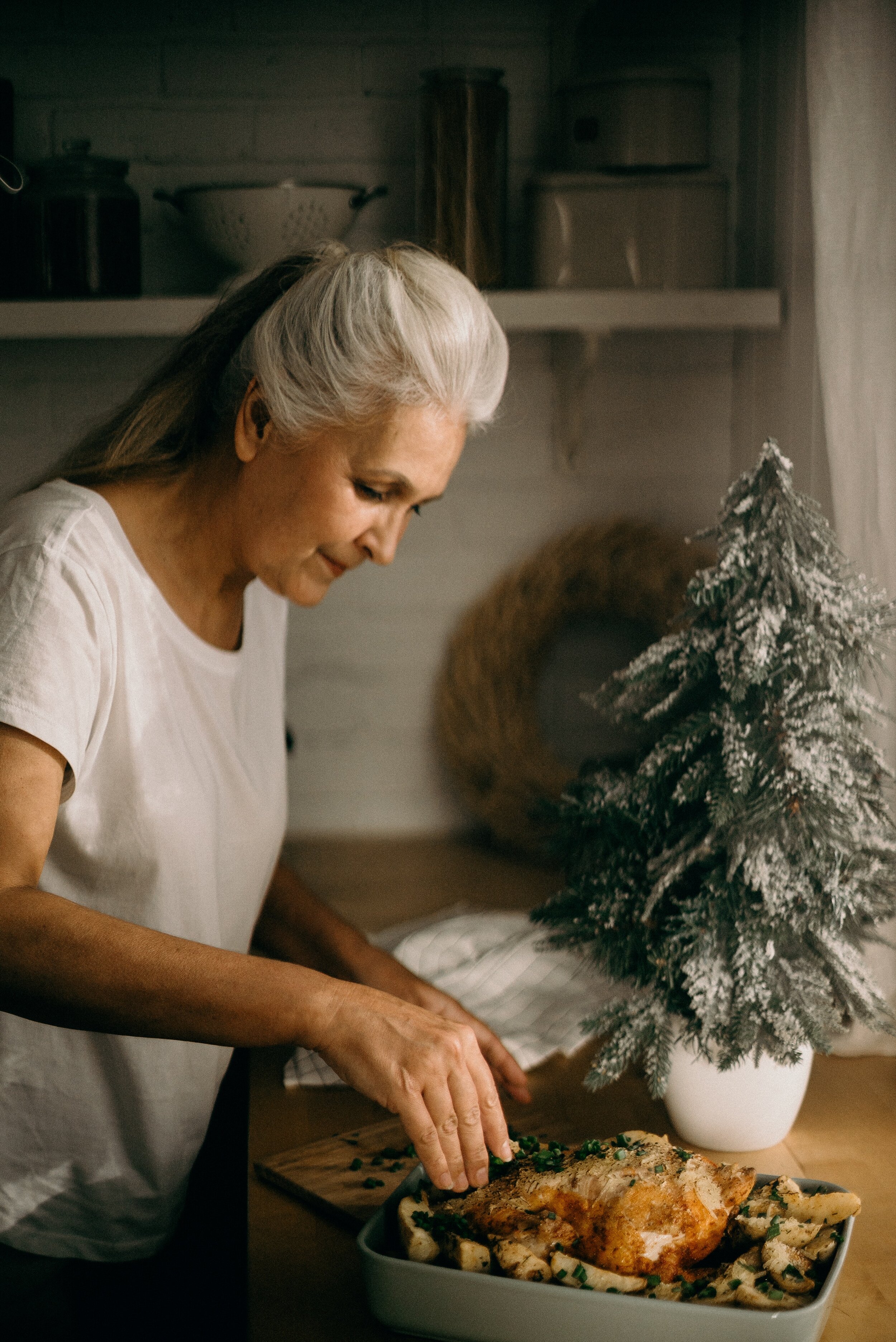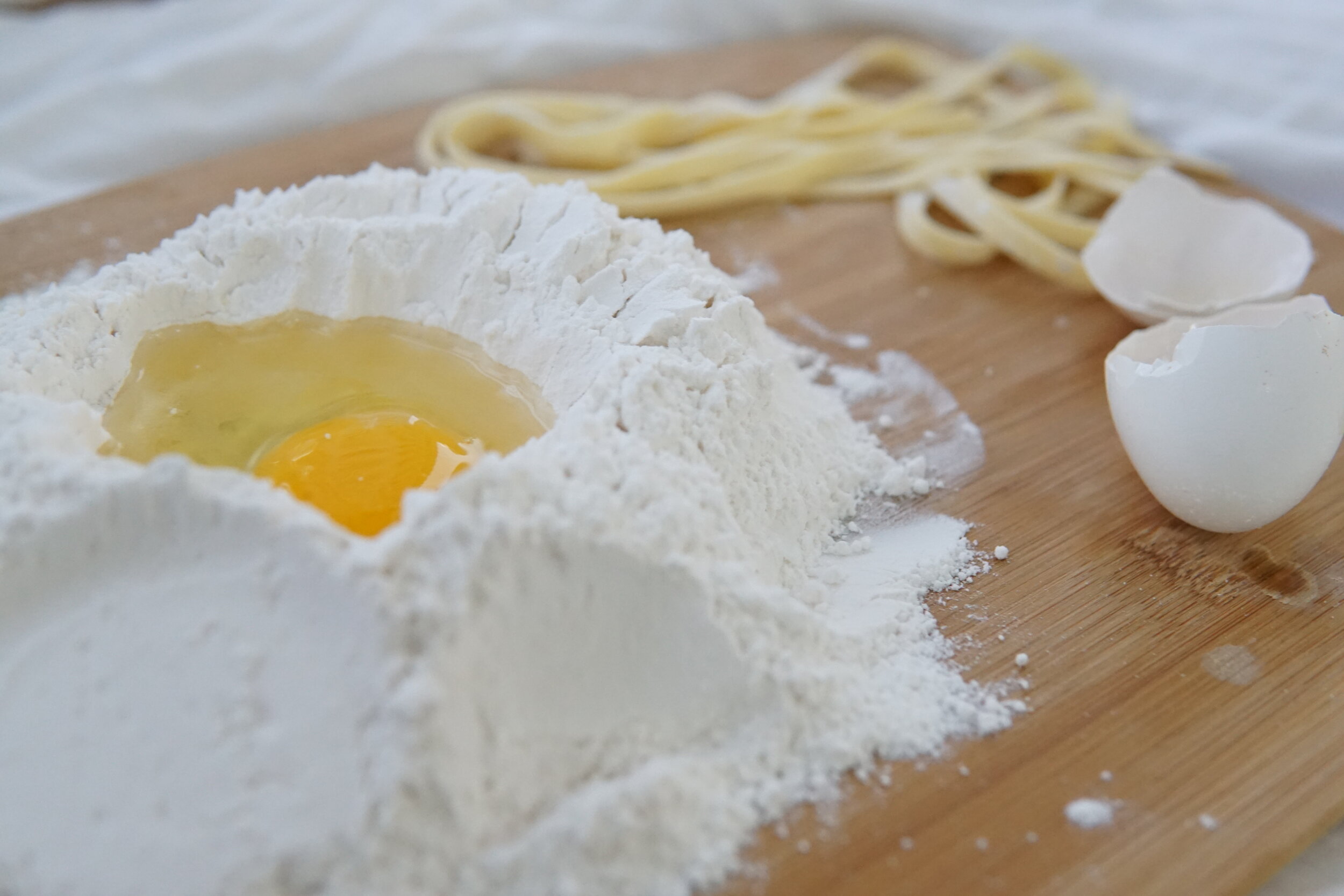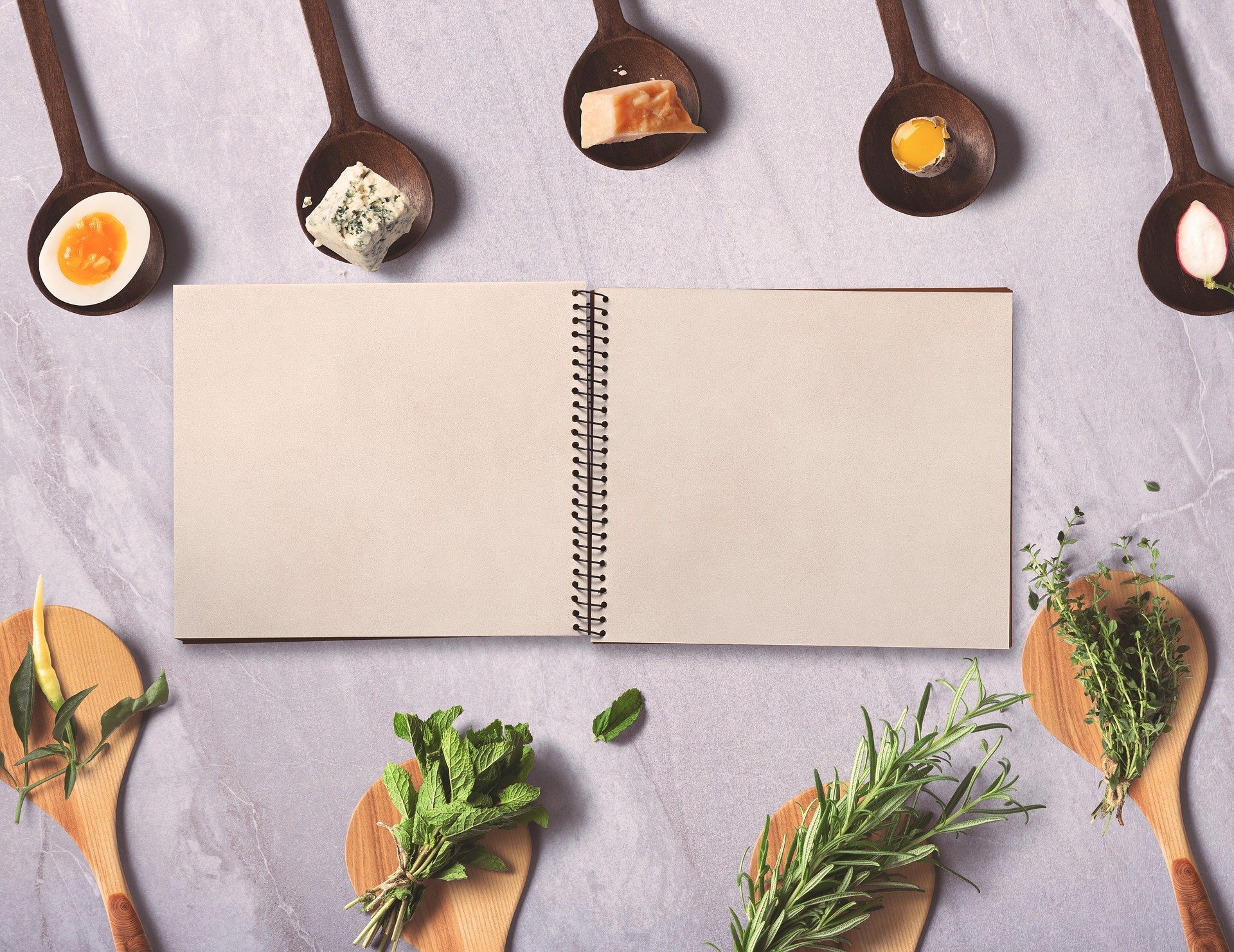What is the best software to burn my family videos to DVD?
/What is the best software to burn my family VHS videos to DVD?
Are you worried about your family history being lost due to outdated formats like VHS? If so, you are not alone: now that VHS players are no longer being produced, you are right to worry because once your VHS players stop working it means that you can no longer enjoy your family movies.
And what will happen with the next generation, who aren’t going to have old VHS players in the garage?
Sharing family films with your children, especially films which feature family members who have passed away will be nearly impossible if you leave them on VHS. Thankfully, you don’t have to leave your family movies on VHS to rot away. Transferring them to DVD is the first step to preserving them for future generations and making them accessible to watch for other people in your family who want to enjoy family history. To do this, you will need the right software and tools.
Let’s take a closer look at the best software you can use to transfer your family movies from VHS to DVD.
Roxio Easy VHS to DVD 3 Plus
This is the most accessible software that anyone with access to a computer should be able to use. With the Roxio software, you will be able to connect your VHS player or camcorder right to your computer using a USB device. From there, all you have to do is use the installed Roxio software to capture the movies, transfer them and then burn them onto a DVD or even convert them into files you can store on your phone, the digital cloud, Facebook or YouTube. Best of all, the Roxio software isn’t just a convertor: you can actually stabilize shaky old home videos, trim them if you want, or split them into different DVDs by theme, year, and people who are in the film, and so on. For example, you could create a DVD solely of children’s Christmas concerts, family birthday videos, and so on.
Golden Videos VHS to DVD Converter
Like Roxio, this is fairly accessible software that allows you to easily convert family movies on VHS to DVD. This software works similarly to the Roxio software. You connect your VHS player to your computer, use the software to capture and transfer the footage, and from there you can burn it onto DVD or convert it into a file that can be shared online or stored in the cloud. There are some more complex video editor tools with this software, such as automatic stabilization and the ability to add subtitles and even special effects. If you are looking to do more than simply capture the videos as-is, then this is a good software option that will let you play around with your family videos in a more complex way.
Remember: VHS tapes do not last forever. If you are worried about sharing home movies with your children and grandchildren and others in your family, then make sure you back them up to DVD so they can be cherished forever.
To learn how to film your grandparent with a smart phone click here.
To learn how to back up your old photos click here.
To learn how to convert old family slides click here.
To learn how to Label Your old photo digital scans by using metadata click here.





































